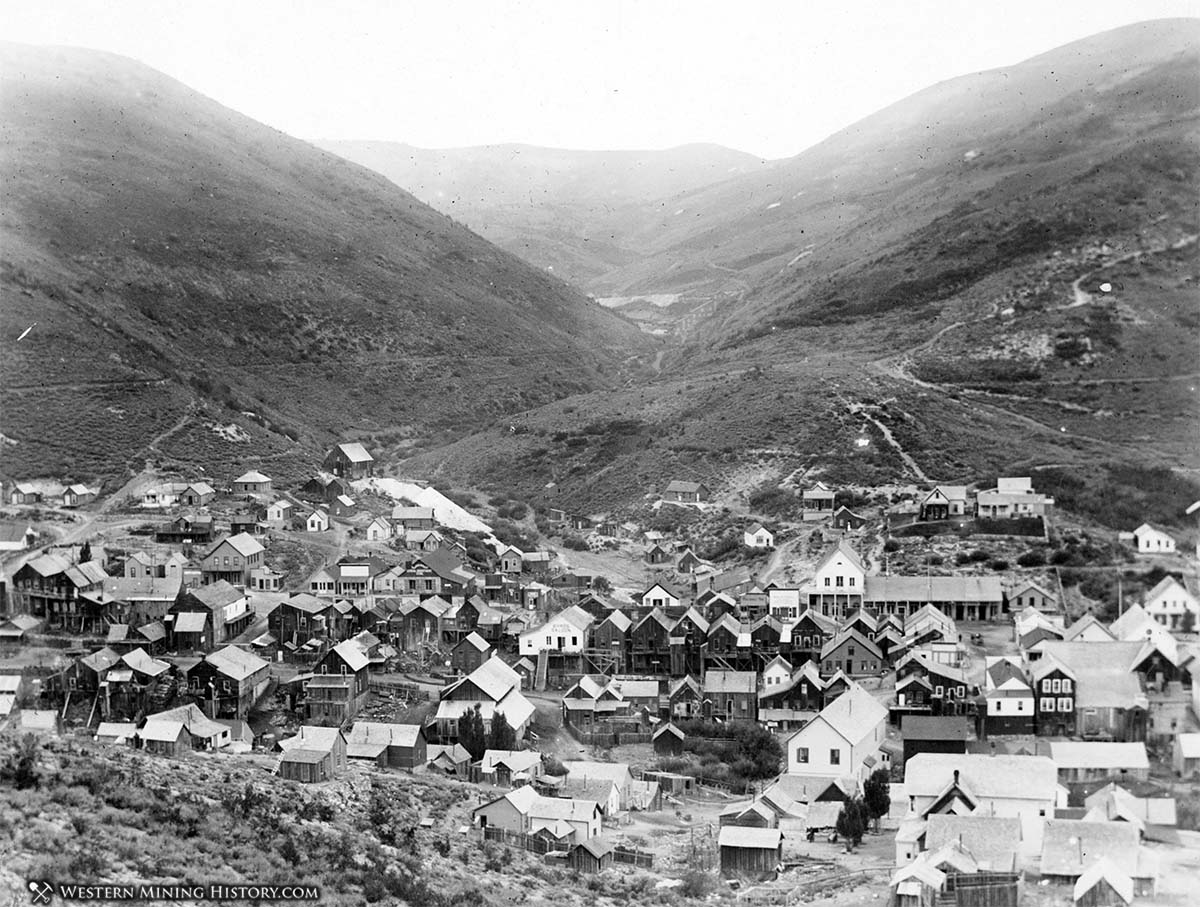Silver City History
Gold was first discovered in the Owyhee region of southwest Idaho in 1863. The discovery was made by a group of 29 men known as the Jordan party, who were ostensibly searching for the mythical Blue Bucket mine of Oregon. The Blue Bucket mine has never been found and likely never existed, but in a fortunate twist of fate, the Jordan party ultimately discovered gold and silver deposits in the Owyhee that would be every bit as valuable.
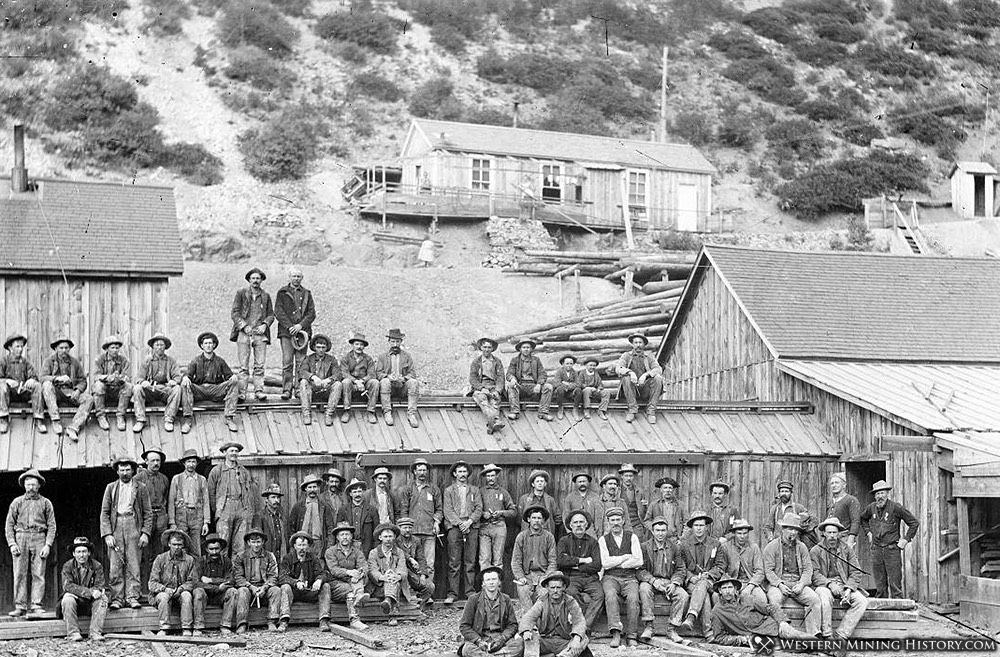
Each of the 29 men in the party staked three claims of 900 feet in the new district. When news of the discovery reached the Boise Basin, hundreds of prospectors rushed to the Owyhee, only to find that nearly all the best ground had already been taken.
Shortage of supplies and labor slowed development of the district that first year. Despite the slow start, most of the placer diggings on Jordan creek had been mined out by 1864. Just as the bulk of the miners started leaving the area, the first significant silver deposit was discovered in October of 1864.
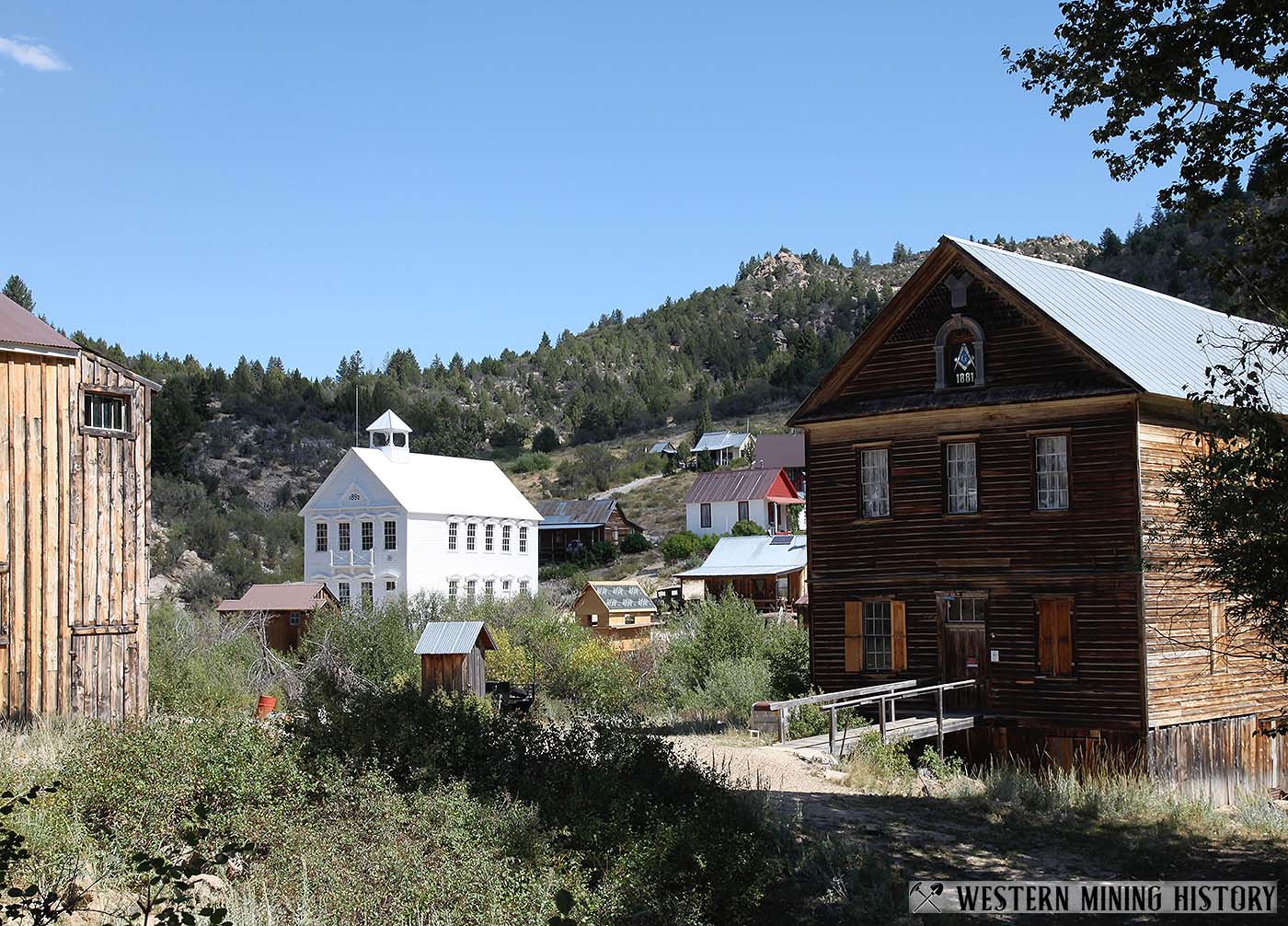
That winter, assays of the new deposits returned values of $2,800 in gold and $7,000 in silver per ton of ore—figures that exceeded even the richest reports from Nevada’s famed Comstock Lode. News of these extraordinary assays sparked widespread excitement over the potential of the Owyhee mines.
The first towns established in the district were Boonville and Ruby city, both settled in the early months of 1864. Silver City was laid out about a mile up the canyon from Ruby City, but was not settled until later that year.
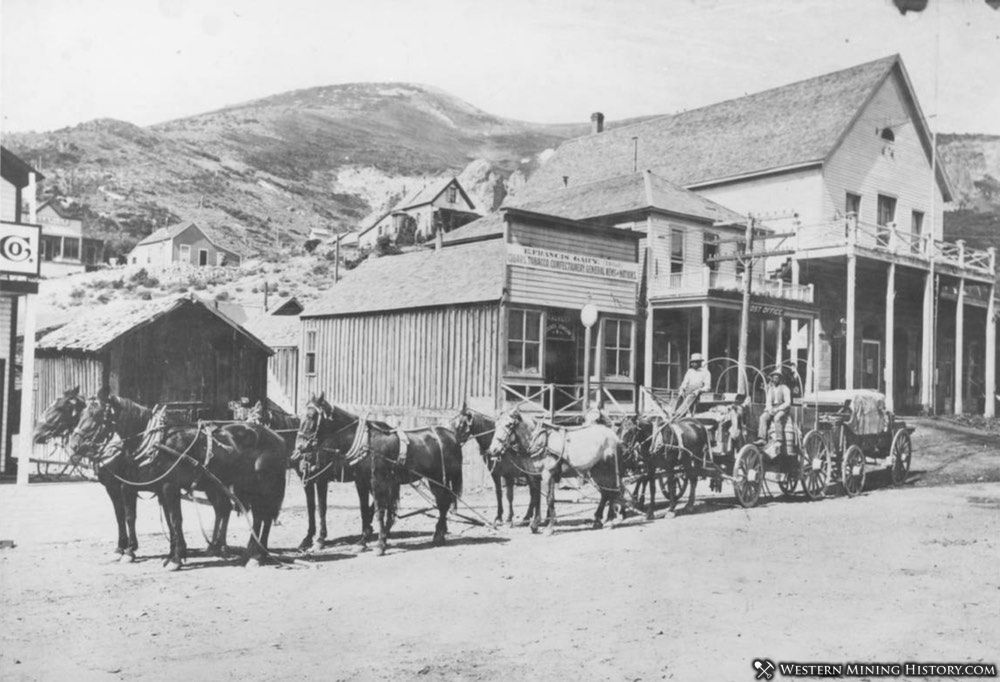
The first stamp mill was constructed in the summer of 1864. The water-powered mill was built at the enormous cost of $70,000, but recovered $90,000 from the rich Owyhee mines in just 45 days.
Favorable reports of ore values spurred investment in the new district, and by 1865 a rush was underway to construct additional mills. Situated amid many of the producing mines, Silver City experienced its first boom as capital, equipment, and manpower poured into the region during the summer and fall of that year.
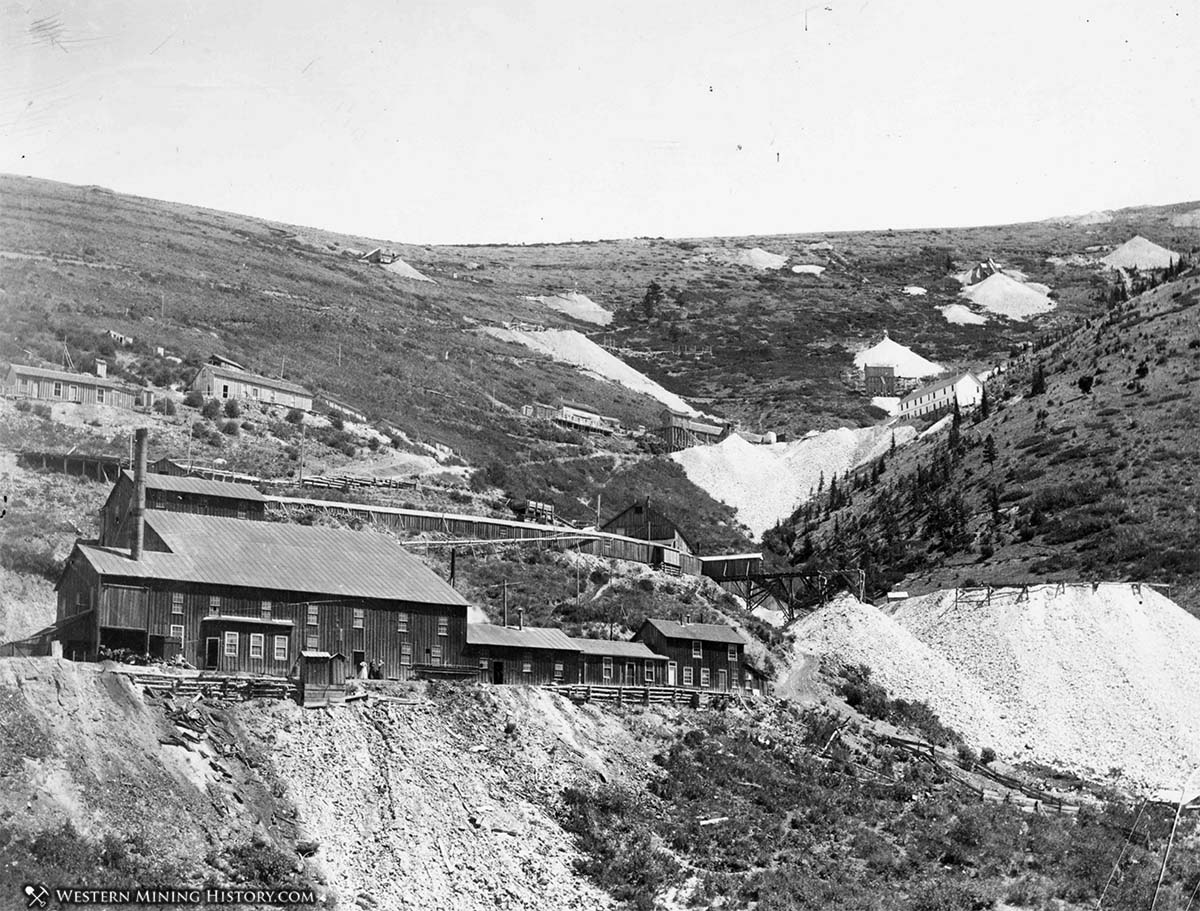
The Battle for the Poorman Mine
The saga of the Poorman mine is one of the Owyhee’s most interesting tales. A rich outcrop of silver was discovered above Silver City on War Eagle Mountain, just outside the bounds of the Hays and Ray claims. D.C. Bryan, discoverer of the outcrop, named his mine the Poorman, but it was anything but poor.
The owners of the Hays and Ray claim argued that the Poorman vein was merely an extension of the vein they were already working, and that their earlier claim gave them legal rights to both. Aware that this was likely the case, Bryan hurried to extract as much of the exceptionally rich Poorman ore as possible before any injunction could halt operations. In just six days, more than $500,000 worth of ore was removed.
Legal action was taken by both sides while the Poorman owners continued their frenzied rush to mine the rich deposit. The situation culminated on September 24, 1865 when armed men from the competing mines exchanged gunfire.
The Poorman defenders then took the unprecedented action of building a log fort named Fort Baker, “built of logs, with portholes and other means of defense usual in such cases”. At this point, the owners of the Hays and Ray gave up on an armed assault and instead intensified their legal attacks.
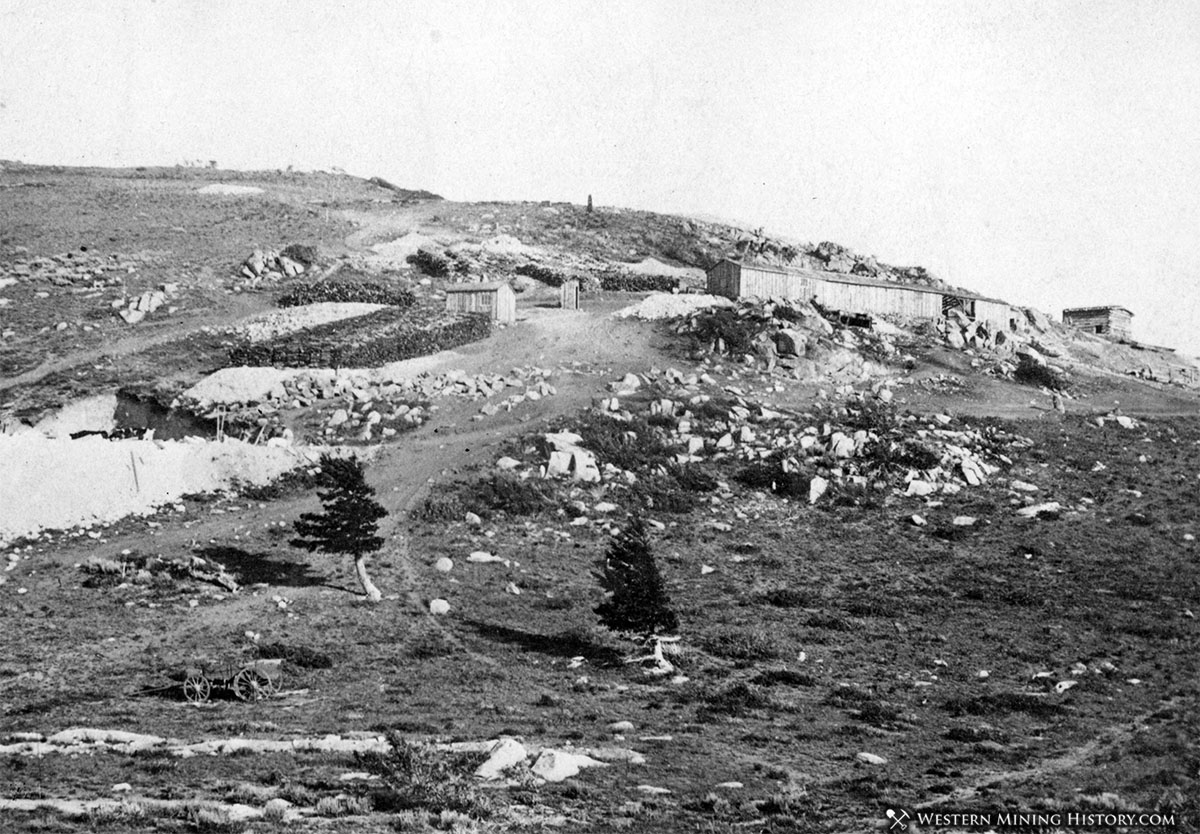
Ultimately, a court injunction was granted in favor of the Hays and Ray owners, forcing the shutdown of the Poorman. The episode highlights just how extraordinarily rich these deposits were—so valuable that mine operators were willing to construct a log fort simply to buy themselves a little more time to extract as much ore as possible.
The Owyhee War
During the spring of 1868 another conflict erupted between two mines. This new conflict was larger in scale than the Poorman incident and became known as the “Owyhee War”.
Hostilities had been brewing for months between the Golden Chariot and the Ida Elmore mines. The mine owners had agreed on a section of neutral ground between the mines, but the Golden Chariot violated this agreement and both sides prepared for conflict.
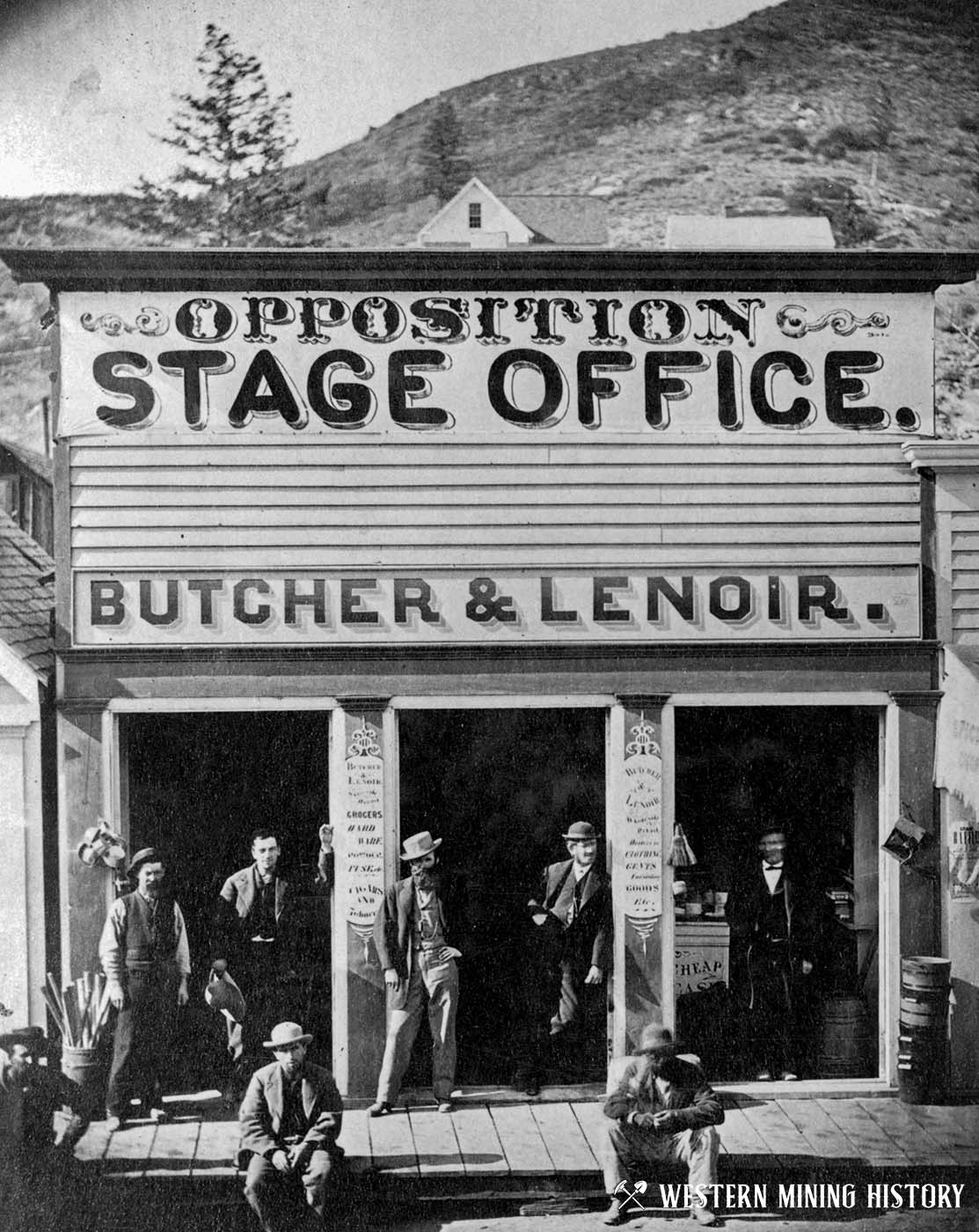
On March 25, 1868, Golden Chariot forces advanced on the Ida Elmore, sparking an underground battle. Intense gunfire echoed through the tunnels, and the clash left two men dead. Reinforcements soon arrived from across the West, with hired guns swelling the ranks on both sides. Tensions mounted as locals feared the violence would erupt from the mines and spread across the district.
The sheriff was seemingly helpless to resolve the conflict that involved at least one hundred armed men, and only acted to shut down saloons in Silver City during the fighting. When news of the Owyhee War reached Boise, Governor D.W. Ballard issued a proclamation that the fighting must end or troops would be sent in. Violence continued however and troops were summoned to stop the fighting.
Ninety-five troops, equipped with a cannon, occupied Silver City for just four days between April 4 and 8. The show of strength proved enough to halt the violence, and within days the Owyhee War had come to an end.
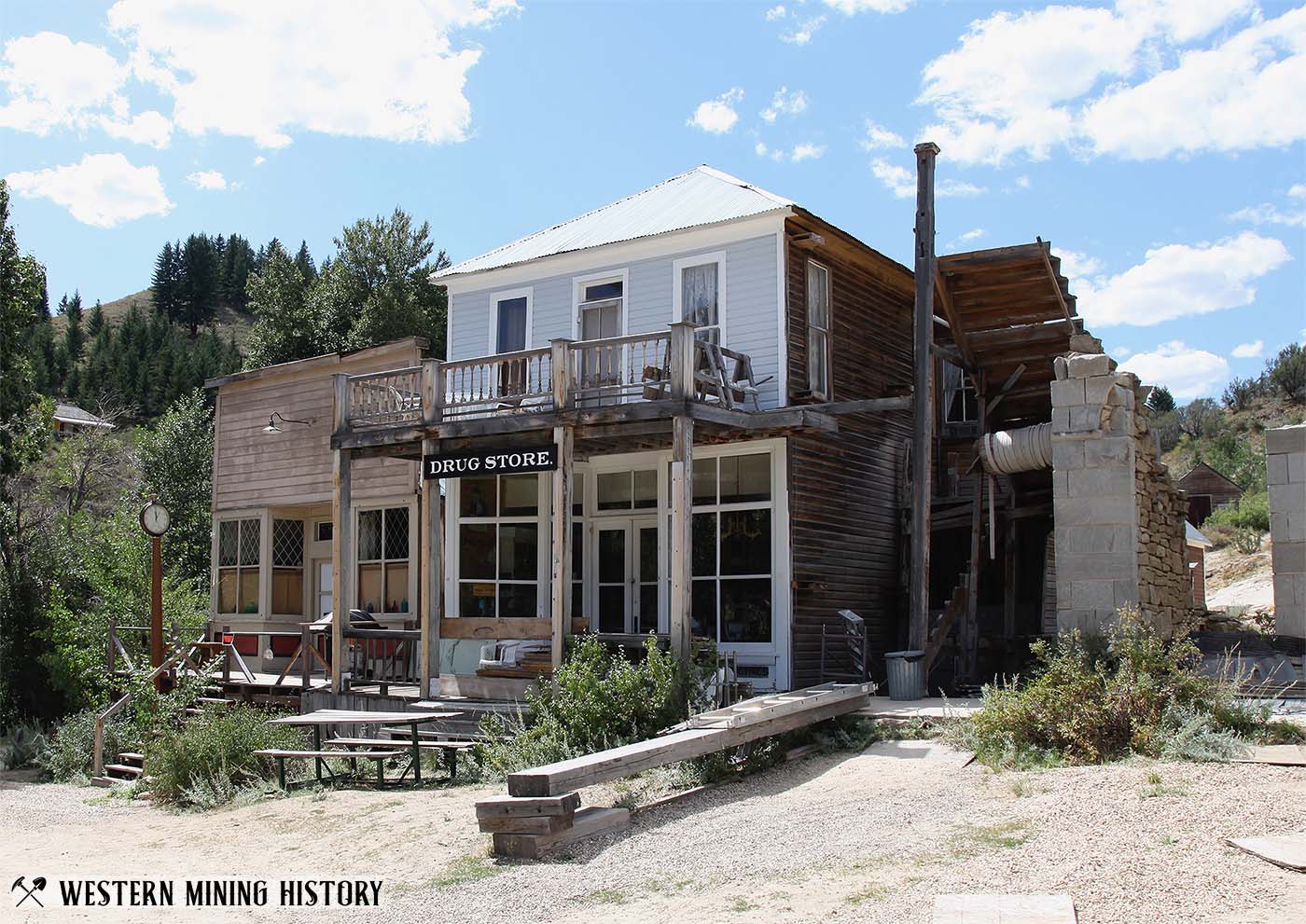
Silver City Boom Town
Despite the district’s remoteness and ongoing disputes among the mines, it continued to yield remarkable quantities of precious metals. By the late 1860s, annual production from the mines exceeded one million dollars.
Silver City was thriving during this period. The Owyhee County courthouse was built in 1867. By 1869, the town supported two newspapers and had numerous saloons and other businesses. Telegraph service reached Silver City in 1874, making it one of the first cities in Idaho to be connected to the outside world.
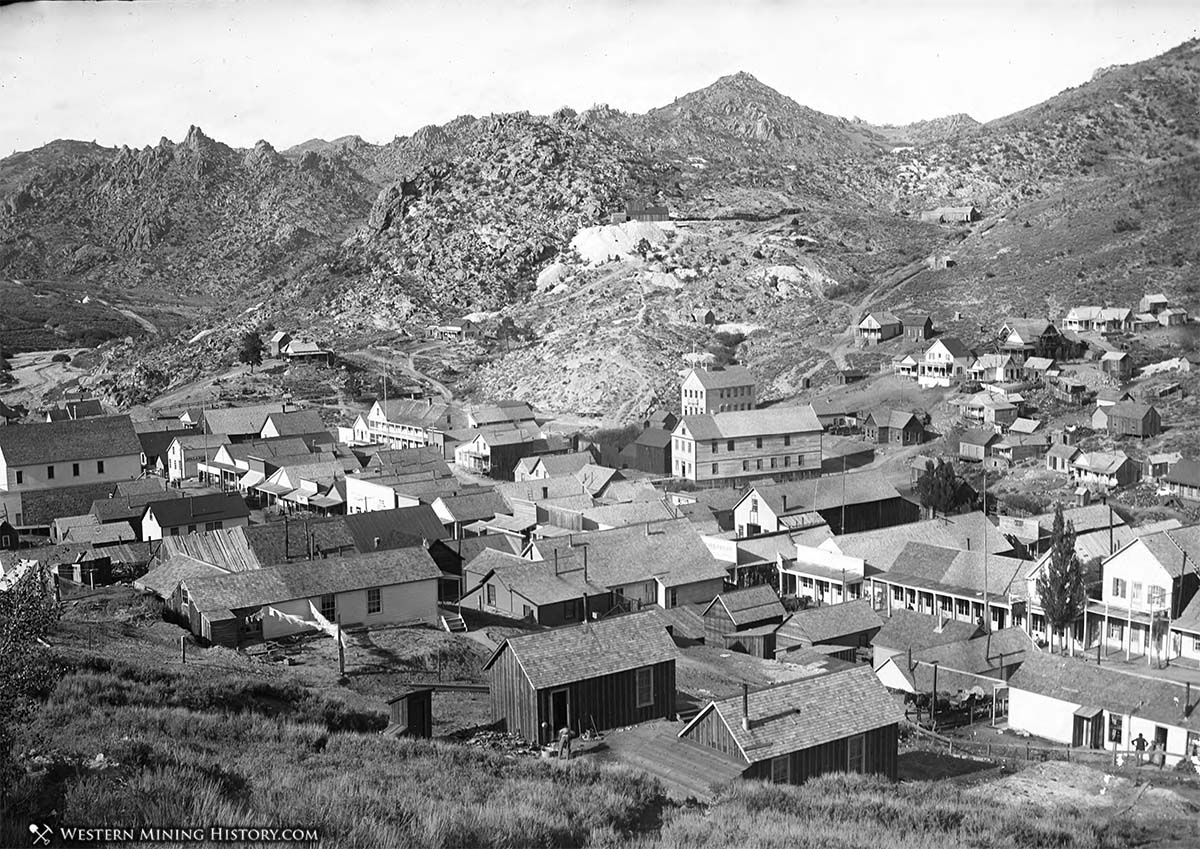
At its peak, Silver City had at least ten streets, seventy-five businesses, three hundred homes, and twelve ore-processing mills. Population estimates vary, but the town likely had around four thousand residents.
The mines of the Owyhee remained major producers for almost fifty years. Silver City continued to prosper during this time, still having around a thousand residents in 1912. That year would be the last that the mines recorded significant production and the district began decline. Mining in the area continued after 1912, but at a much smaller scale. In 1934 the Owyhee County seat was moved to Murphy.
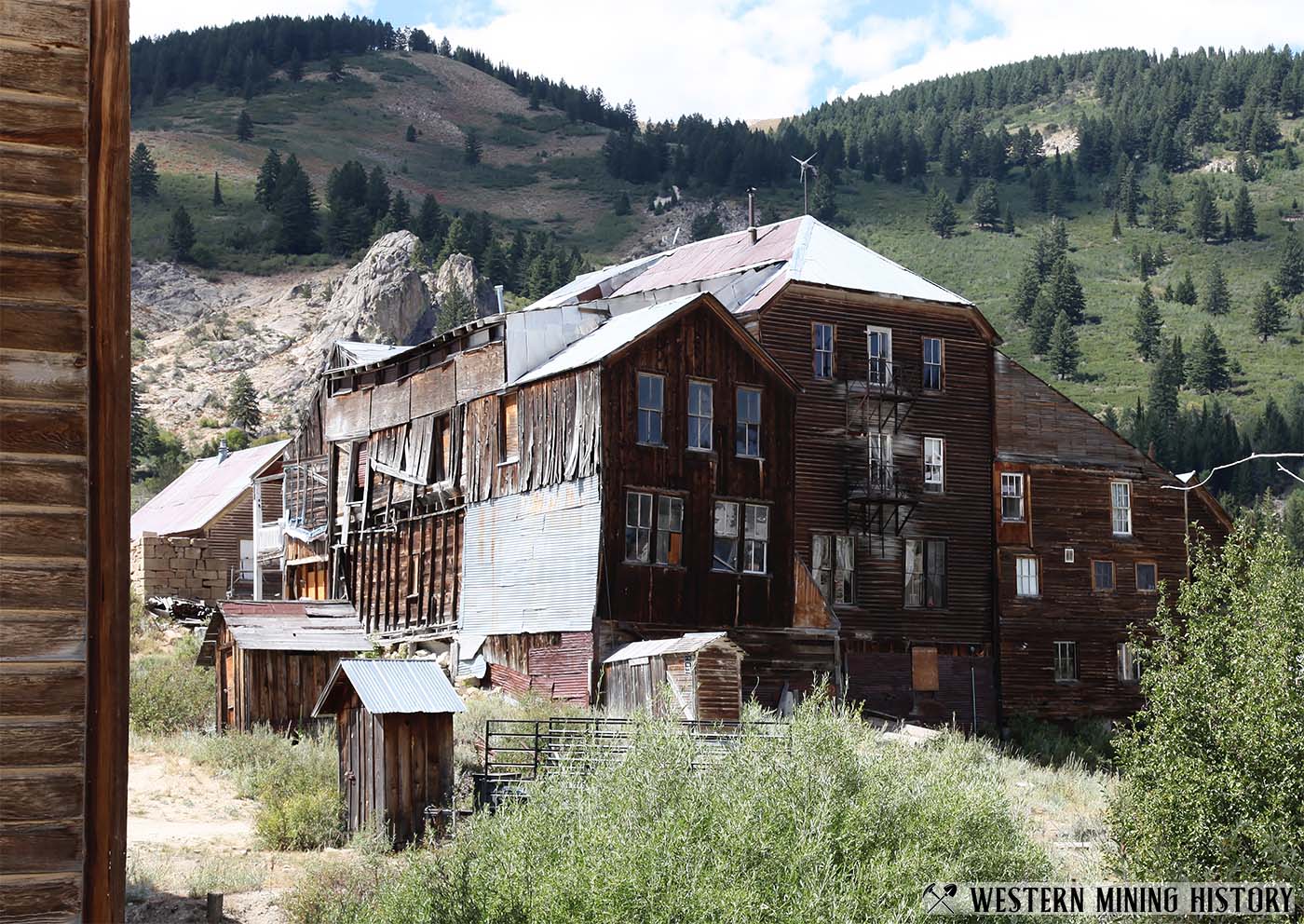
In 1972, Silver City was listed on the National Register of Historic Places as a historic district covering more than 10,000 acres. The Idaho Hotel, built in the 1860s, reopened that year and operates seasonally. Today, Silver City remains active during the summer and retains over 70 buildings from its mining boom period.
Saga of the War Eagle Mines
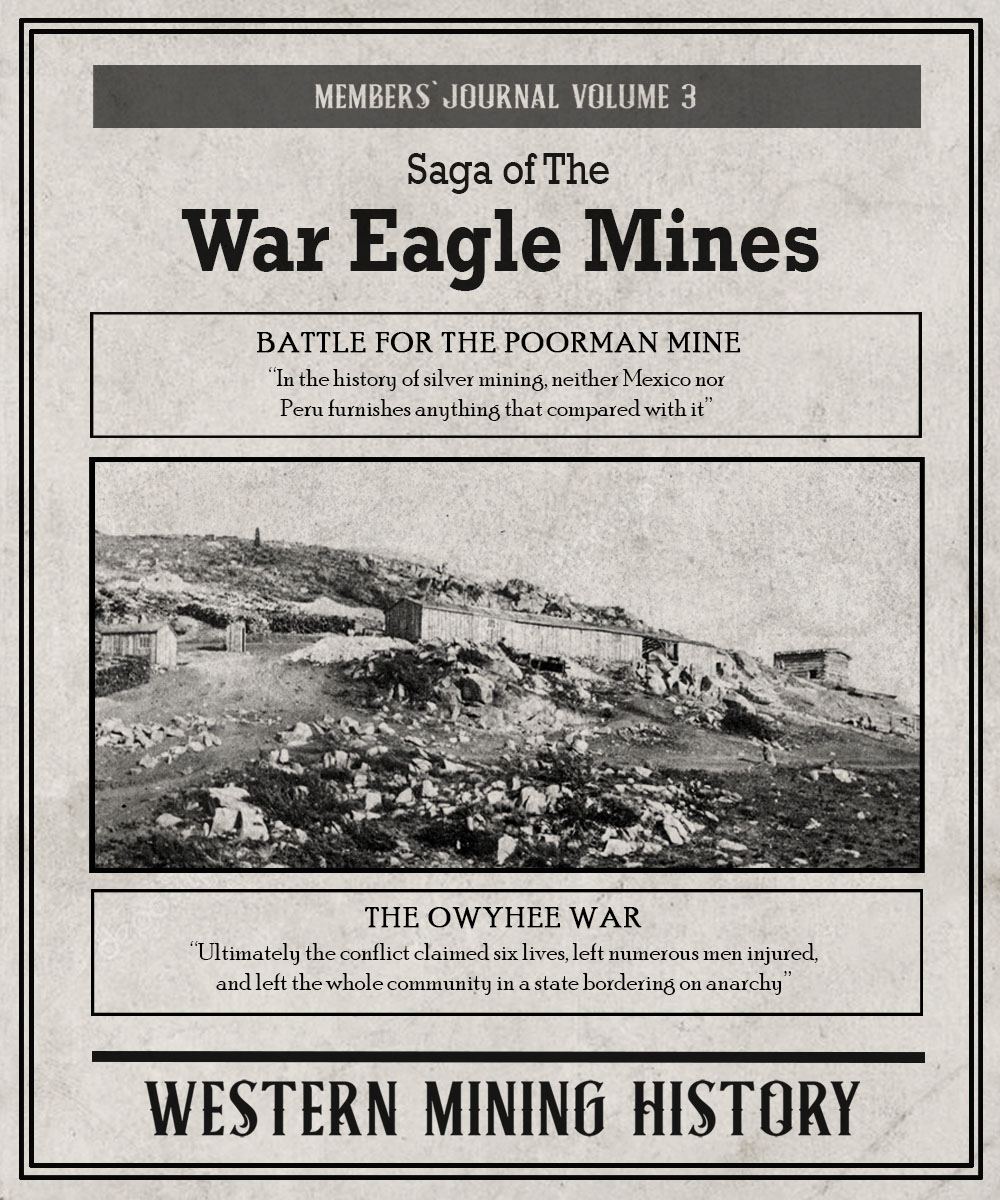
The WMH Members Journal Volume 3 - Saga of the War Eagle Mines details the epic struggle for the mines on War Eagle Mountain during the 1860s: “With men standing directly on top of a literal treasure trove, conflicts immediately erupted over ownership of the claims. These conflicts played out both in courts of law, and in battles both above and below ground.”
Idaho Gold
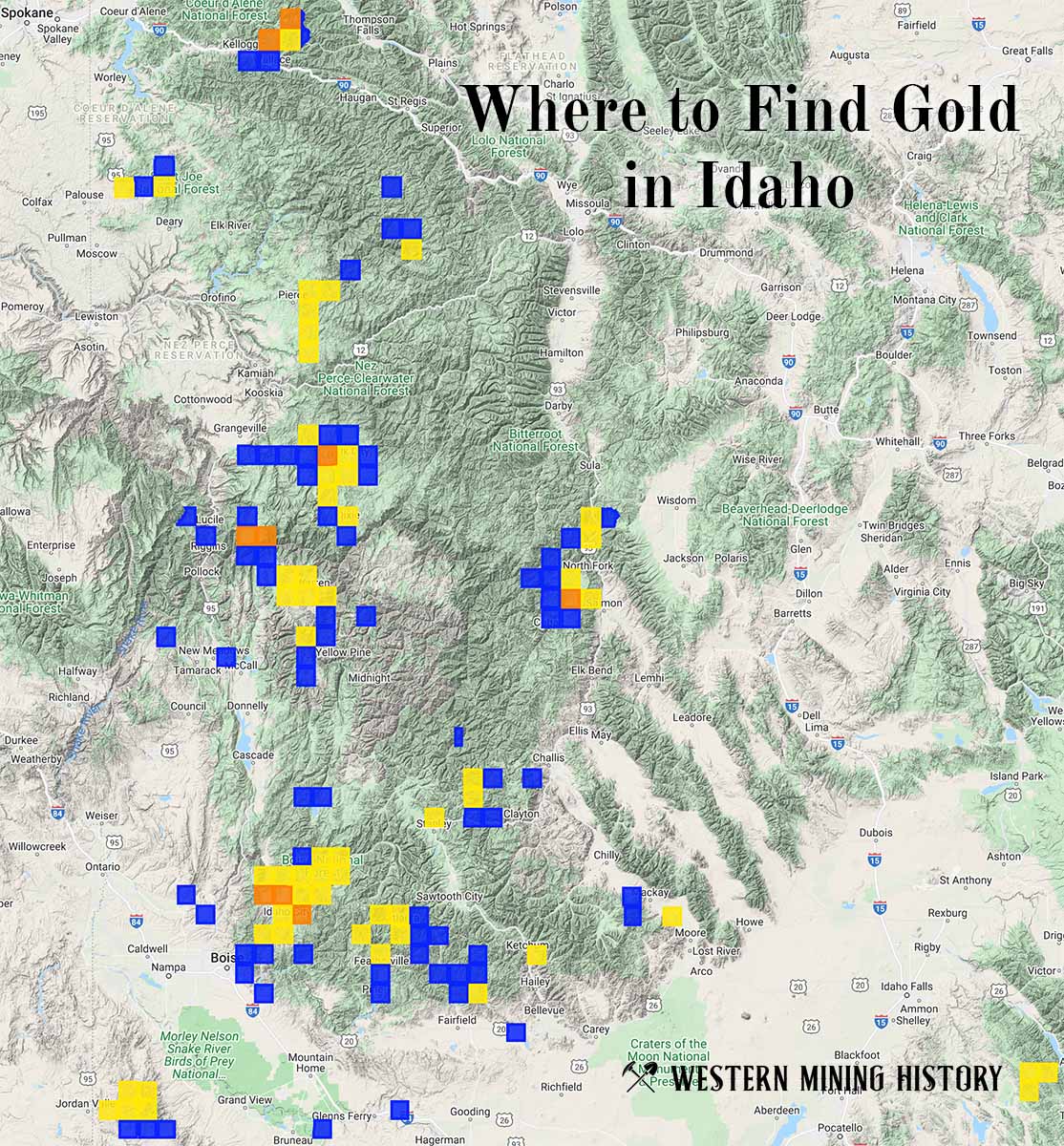
"Where to Find Gold in Idaho" looks at the density of modern placer mining claims along with historical gold mining locations and mining district descriptions to determine areas of high gold discovery potential in Idaho. Read more: Where to Find Gold in Idaho.
